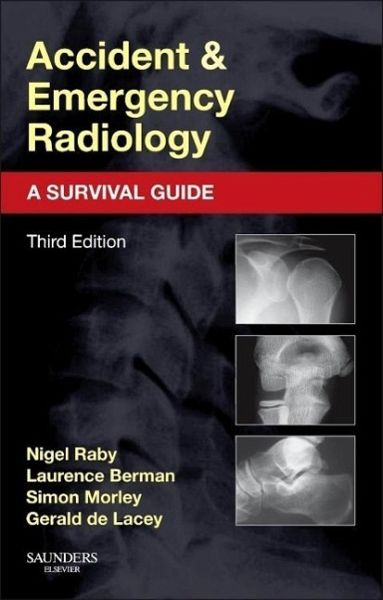
Accident and Emergency Radiology: A Survival Guide

PAYBACK Punkte
28 °P sammeln!
Suitable for all those who work in the Emergency Department, this book offers step-by-step analytical approaches which help them to answer this question: "These images look normal to me, but... how can I be sure that I am not missing a subtle but important abnormality?"



